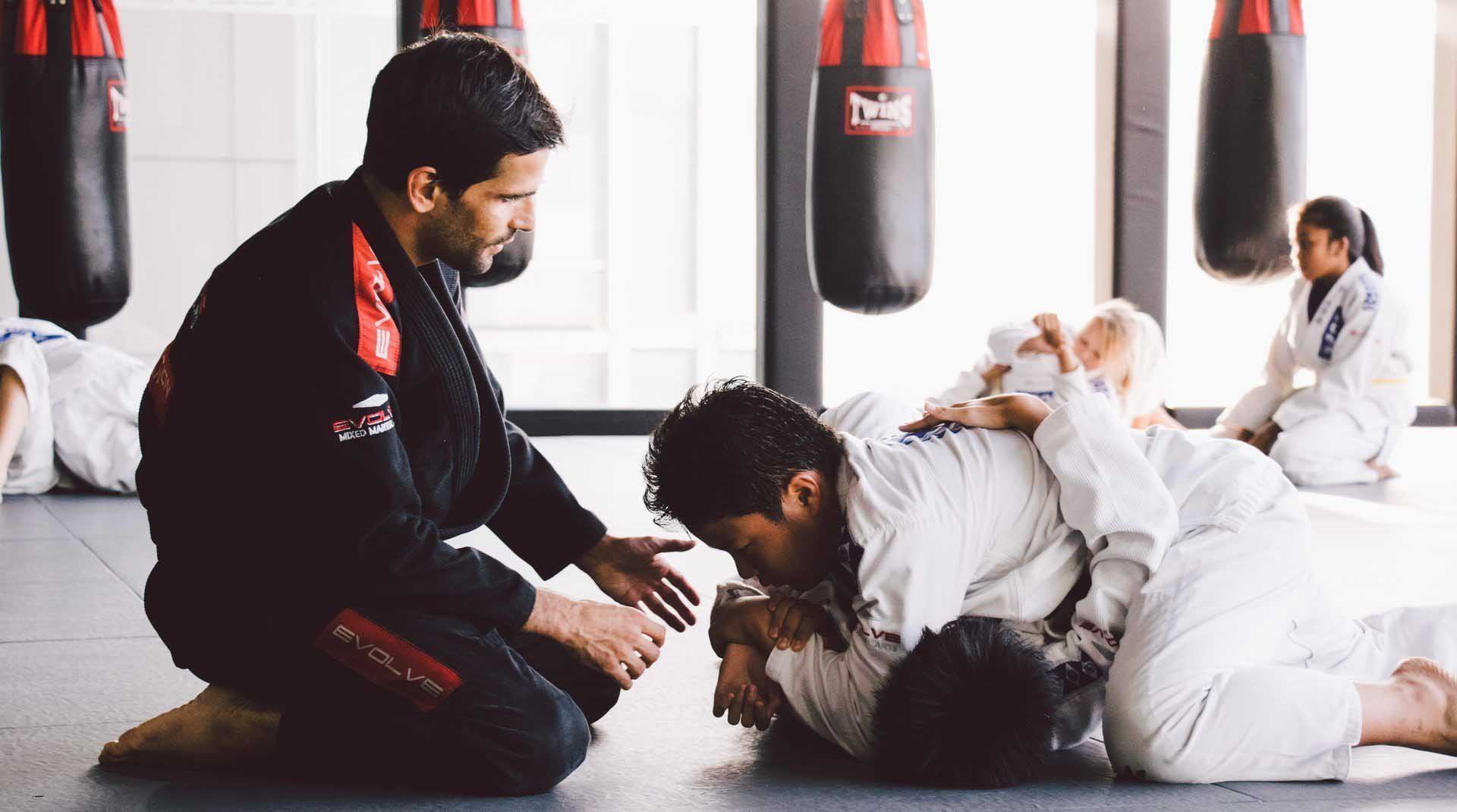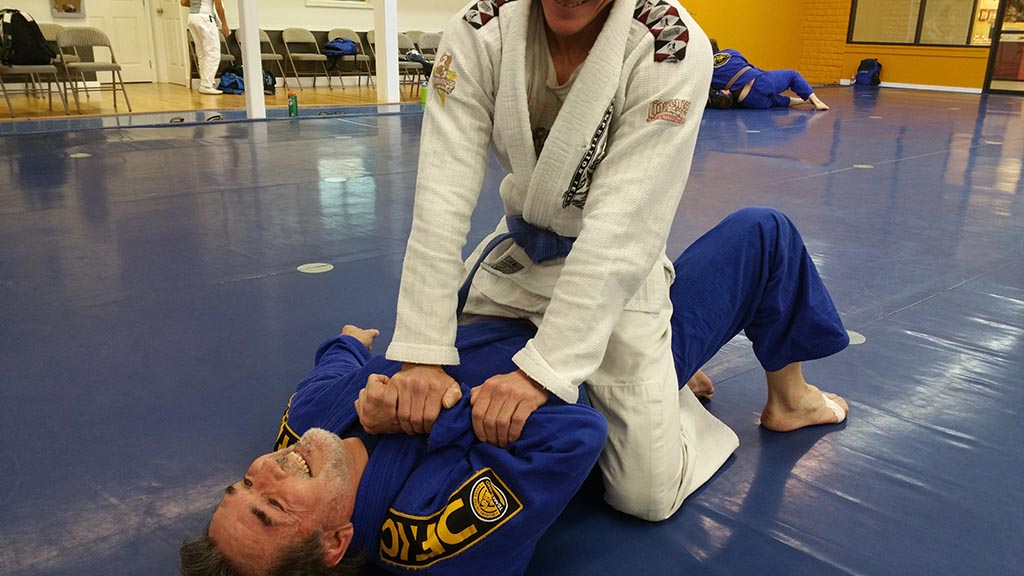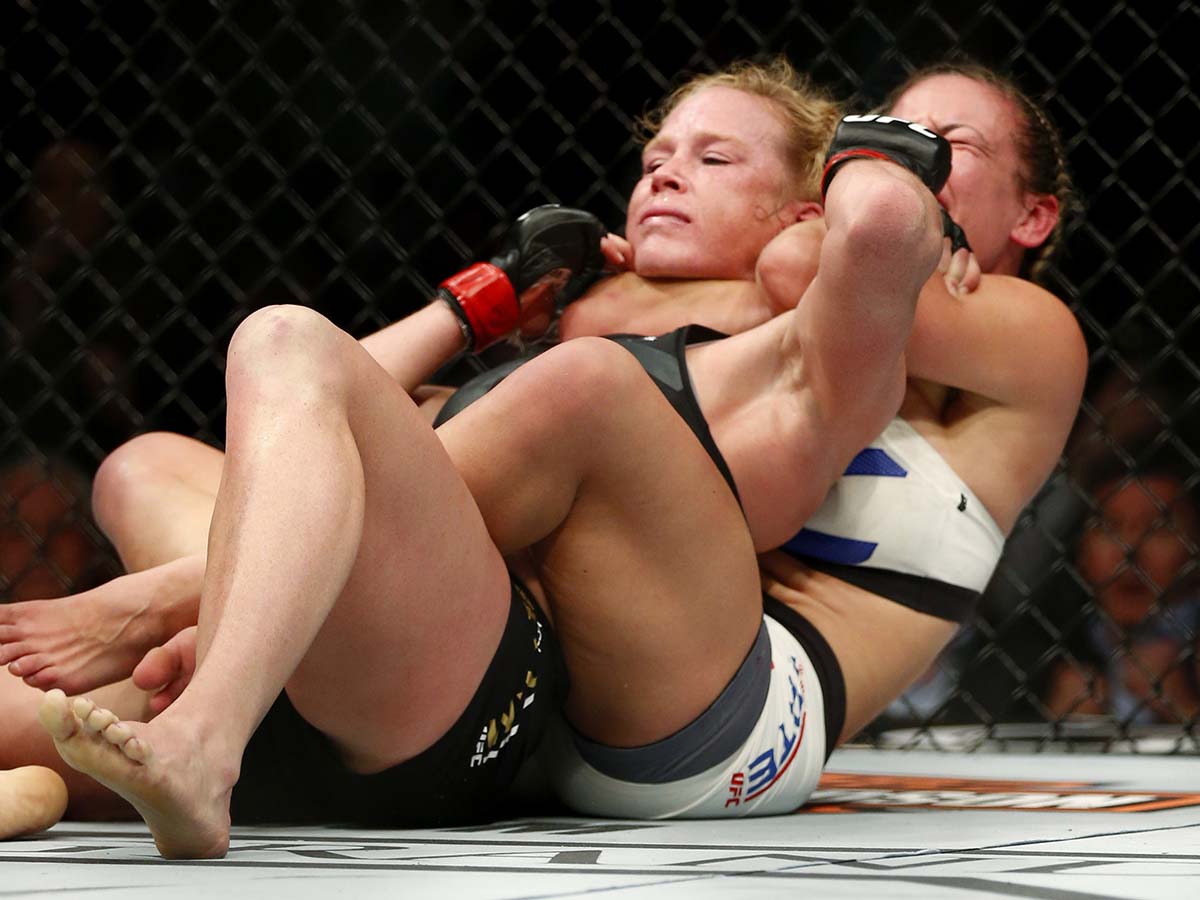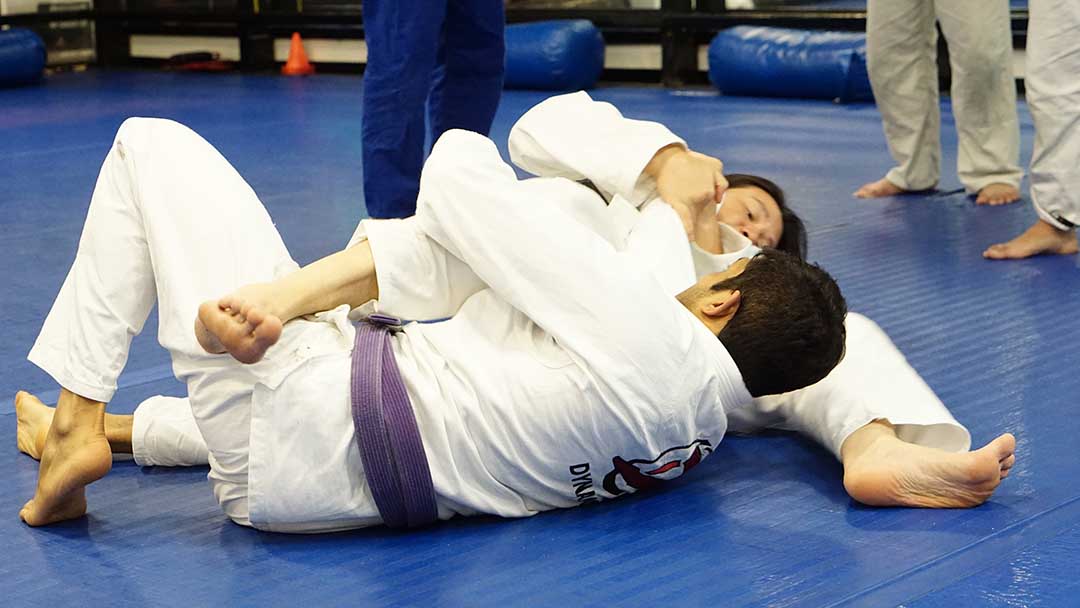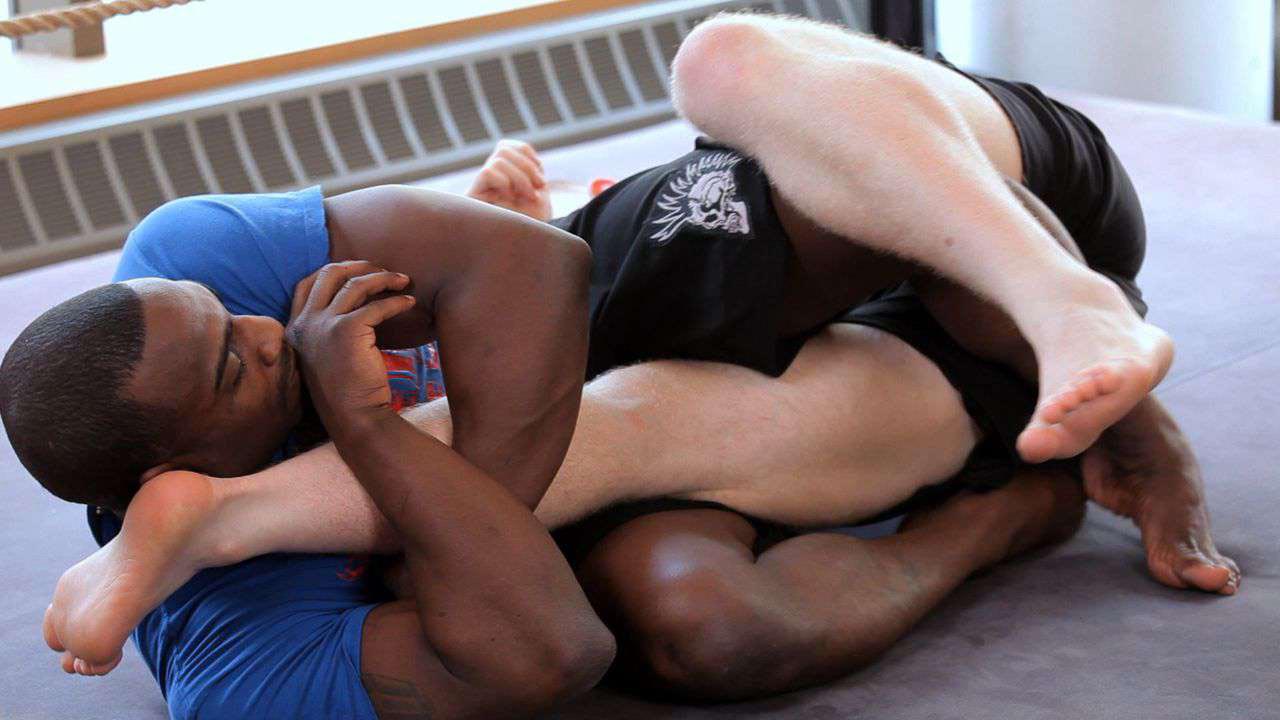Jiu-Jitsu Techniques Every White Belt Should Learn
Are you a Jiu-Jitsu white belt who’s struggling to advance? You just need to learn and perfect your skills. Learn these Jiu-Jitsu techniques and improve your training. To become a master at any of the martial arts of the world, you must first be skilled at the basics.
This is as true of Jiu-Jitsu basics as it is with any other sport. The basic techniques of the sport are the building blocks needed if you wish to improve and advance to a higher level. Becoming skilled at Jiu-Jitsu is a great way to stay in shape, but it doesn’t happen overnight.
It’s a sport that requires tremendous discipline and dedication. In order to reach a higher level of development, there are a number of basic techniques you will need to learn and master. It will take time, and a lot of sweat, but will ultimately be worth the effort. Let’s take a look at some of these important techniques.
Jiu-Jitsu Techniques Every White Belt Should Learn
Are you a Jiu-Jitsu white belt who’s struggling to advance? You just need to learn and perfect your skills. Learn these Jiu-Jitsu techniques and improve your training.
Triangle Choke
This is one of the fundamental techniques that every white belt wishing to advance should know. The goal here is to use both of your legs to get your opponent’s head in a choke point. Much of your success with this move will depend on the strength of your legs and the quality of your form. Therefore we recommend being in top physical condition before attempting.
To achieve this you will first need to put one of your opponent’s arms down, then place your calf over his neck. Next, you will need to use your other leg to create a choke with your thigh and the opponent’s other arm. Although this is considered a fundamental move, it actually requires a great deal of practice to master.
Americana
The Americana, or figure four lock, is an armlock. It’s a basic move typically achieved from the side-control position or amount position. Your goal is to isolate one of your opponent’s arms, grab it by the wrist, apply pressure, and continually bend and twist it in the direction it’s not designed to go until the opponent finally taps out. This pain caused by the pressure on his arm in this hold can be excruciating.
Armbar
The Armbar is an effective and powerful technique taken from older forms of martial arts, passed down from various traditions over the centuries. This technique uses your legs to bind an opponent’s arm, then you pull down on the arm to create a breaking point at the elbow. The pressure creates a situation where your opponent has no other choice but to submit and tap out.
Rear Naked Choke
This is one of the basic Jiu-Jitsu techniques that beginners should put a lot of focus on mastering. When performed correctly, it’s a move that can help you win many Jiu-Jitsu matches. To achieve the Rear Naked Choke, you must either be standing or have a position that is behind your opponent.
First, wrap your arm around your opponent’s throat, then use this hand to grab your other arm at the elbow. You must put the second arm behind the opponent’s head so that you can generate pressure. This is a truly devastating technique. Painful and virtually inescapable. When performed right, your opponent will be forced to tap out or go to sleep.
The Scissor Sweep
When you perform a good Scissor Sweep, you use your top leg to sweep your opponent’s legs while gripping your opponent’s lapel. This elevates the opponent’s hip and pulls him towards you. This elevates his center of gravity and makes it easy to flip him over. Keep in mind that if you’re using your arms to generate power for the move, you are operating inefficiently. To learn more about Jiu-Jitsu gear shop here.
Kimura
The Kimura is another armlock. Be aware that if performed correctly, this is a move that can tear up your opponent’s shoulder. This technique is achieved from any of three positions: the bottom guard, bottom half-guard, or side-control.
When starting in the bottom guard, grab the opponent’s wrist, then rise up towards him, and grab your own wrist over his arm. Once you’ve gained this position, the Kimura lock is set, and you must rotate to the side of the captured arm and twist until your opponent submits.
Guillotine Choke
This is one of the most popular submissions techniques in Jiu-Jitsu. This move is achieved when your opponent gets his head stuck underneath your armpit. Once you’ve gotten him in this position, you need to work your forearm underneath his chin and tighten the grip under the neck.
The idea here is to cut off circulation, and as this limits the flow of oxygen to the brain, the opponent will be forced to tap out or lose consciousness.
Knee Bar
This technique is a little more advanced than most beginners will typically need to worry about mastering. However, we would still strongly suggest that any beginner wanting to advance quickly should start working on it as soon as possible.
This move typically begins while you are in the reverse top position, meaning that you are top of your opponent with your back to him, or in the side position. Now you want to attempt to lock his leg with your arm. You need to pull back on the calf section of the lower leg, applying as much pressure as possible to his knee joint. This is a truly effective move.
The Importance of Mastering the Basics
Every fighter wants to improve. But it’s impossible to improve and advance without mastering basic Jiu-Jitsu techniques. BJJ basics sometimes take years to master. The best fighters in the world dedicate their lives to the study of Brazilian Jiu-Jitsu techniques. This is a sport that requires dedication and discipline, as well as a constant focus on basics.
Keep practicing and studying, and as your skill and mastery of Jiu-Jitsu increase, one day you might find yourself competing with the greats of the sport. Click here to learn some great ways to stick to a fitness routine.
